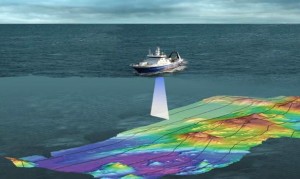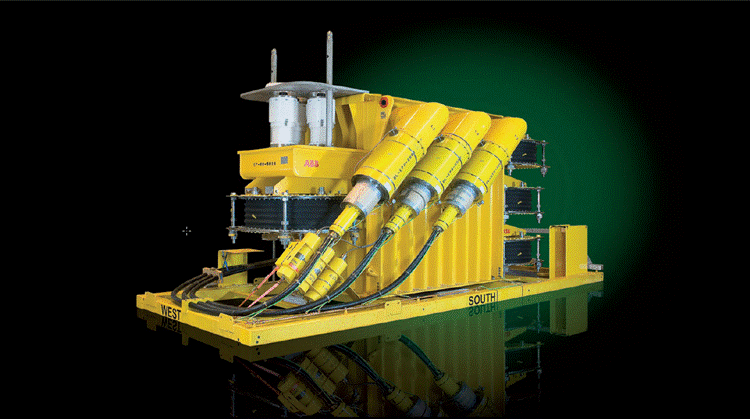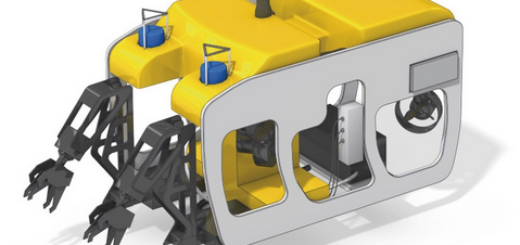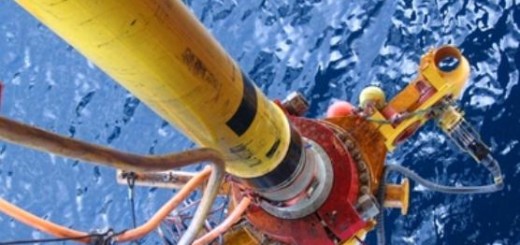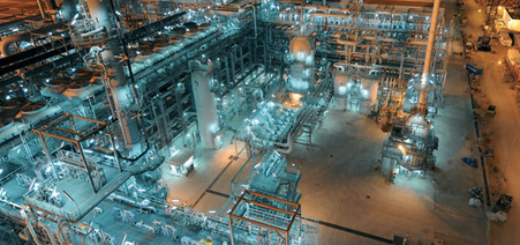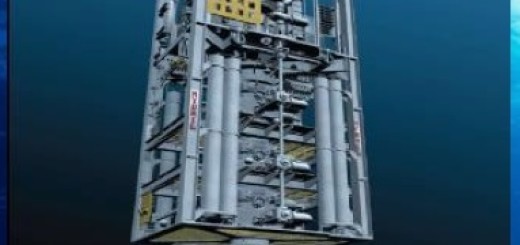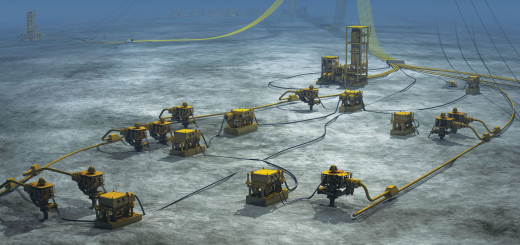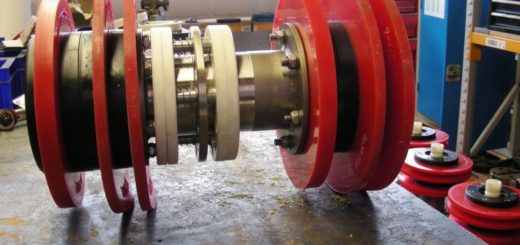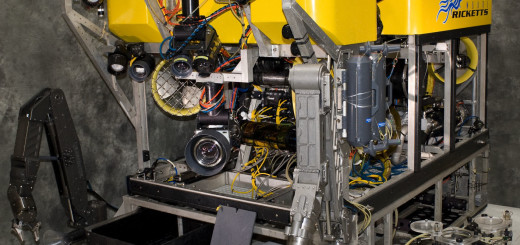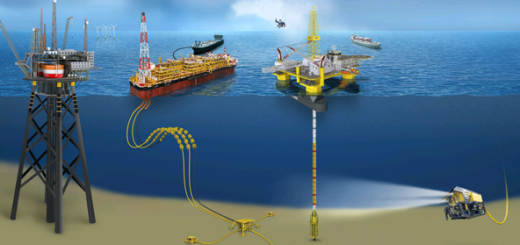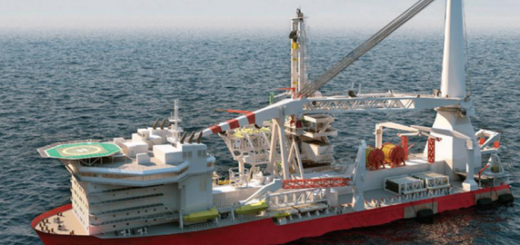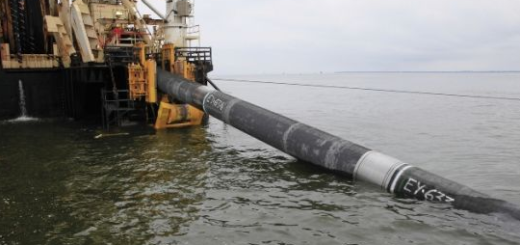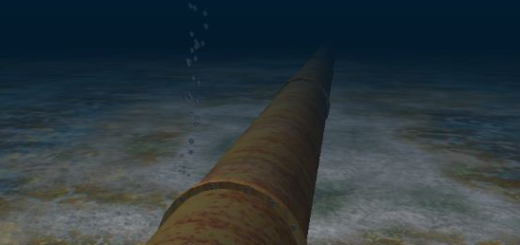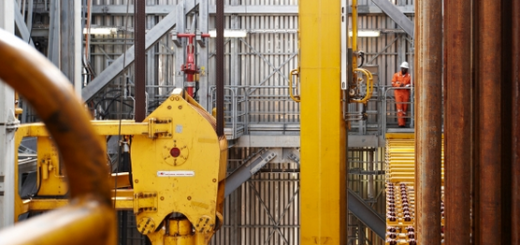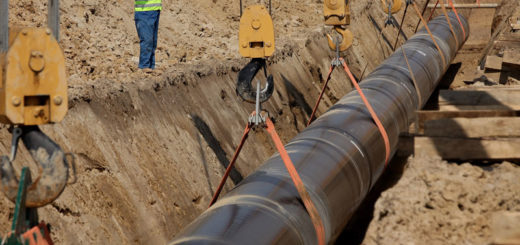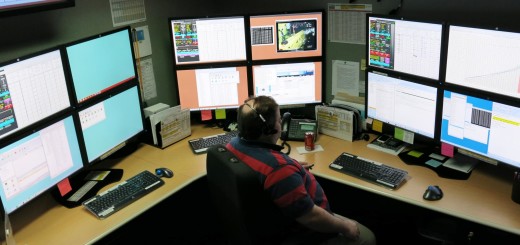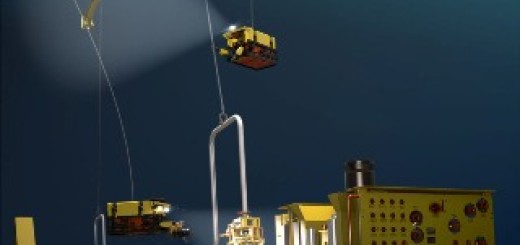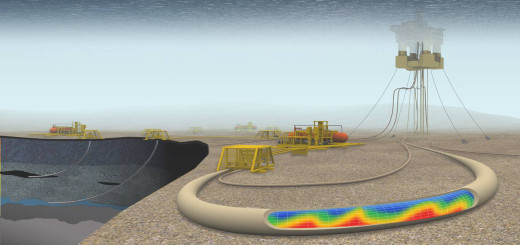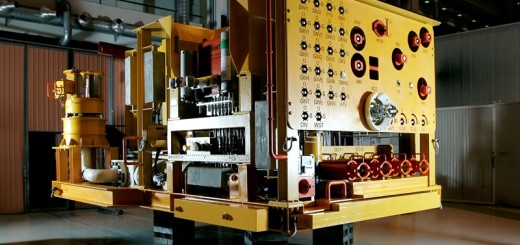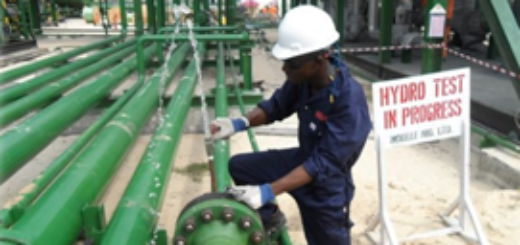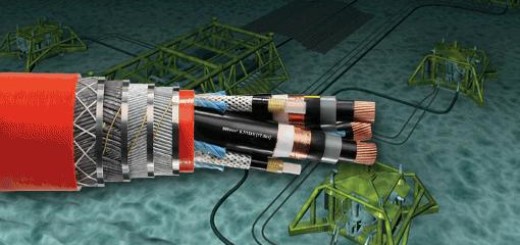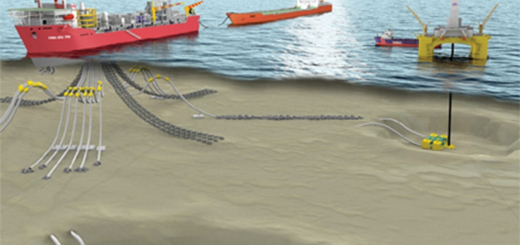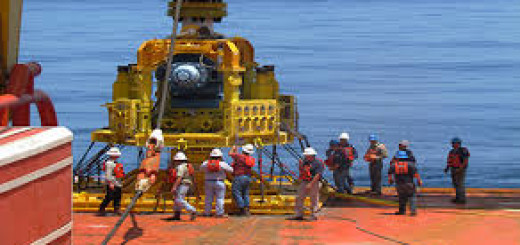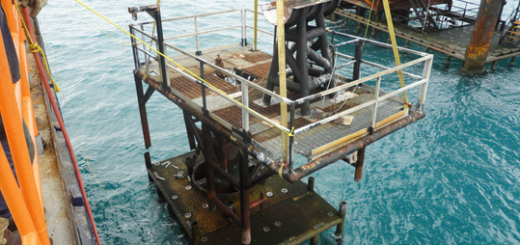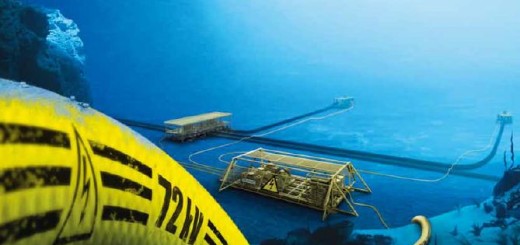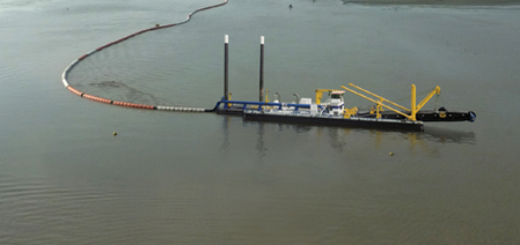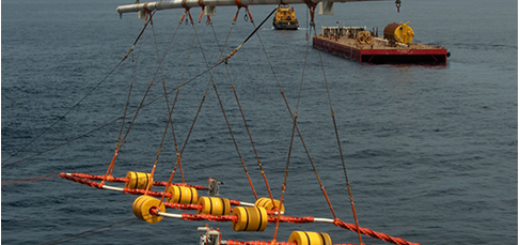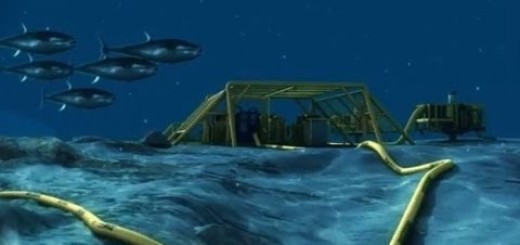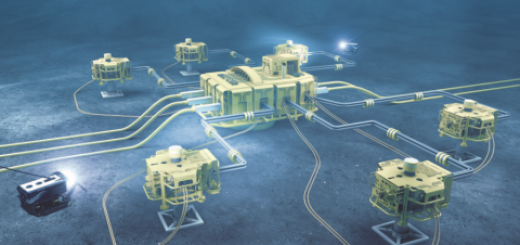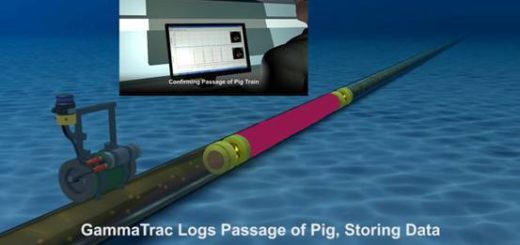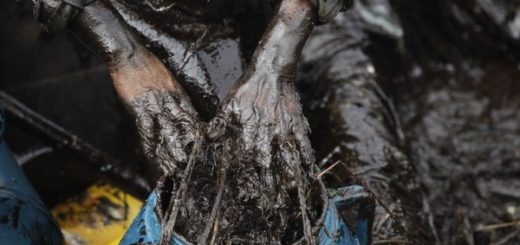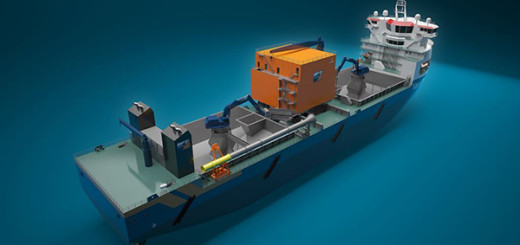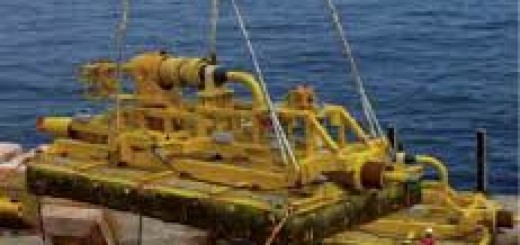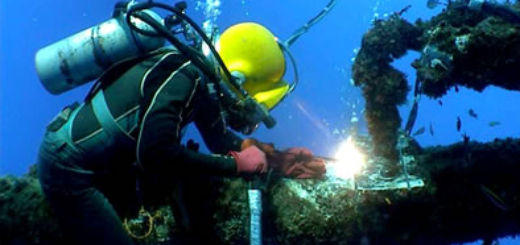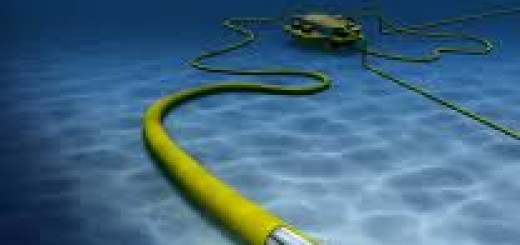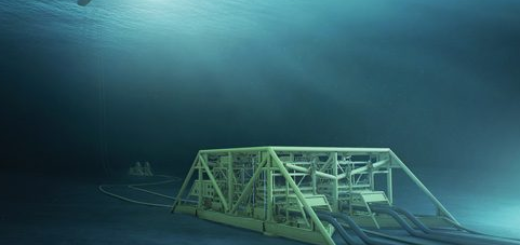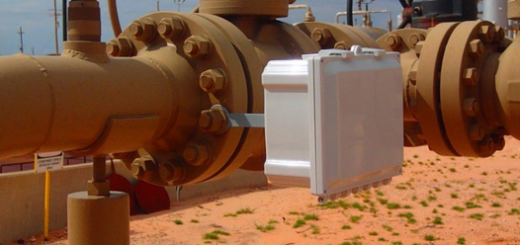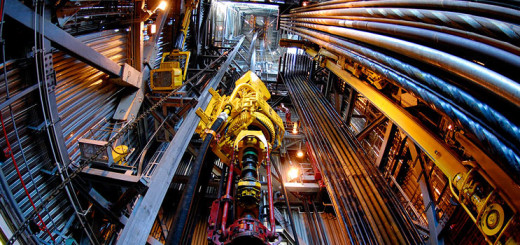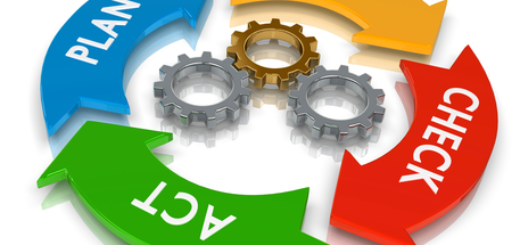Course: Subsea Survey, Positioning & Installation and Introduction to Subsea Control system
Duration: 5 Days
Aims
- A1. To explain the basis, significance and application of subsea surveying techniques.
- A2. To provide the knowledge required to understand the factors influencing the installation of subsea equipment including the effects of geotechnics.
- A3. To explain the methods and equipment used for subsea installation of pipelines, risers and umbilicals.
Outline Of Syllabus
- Subsea Surveying and Geomatics : Introduction to the principles of subsea surveying and geomatics including bathymetry and seismic surveys, positioning systems (surface positioning, visual positioning, GPS and electromagnetic positioning techniques.
- Offshore Geotechnics : Relevance of geotechnics to subsea engineering, including soil and rock formation, types of soil and rock, seabed stability and scour, trenching and protection.
- Trenching and Backfill Equipment: Trenching, backfill and piling operations subsea, including the equipment used and the operation factors considered for a successful operation.
- Installation of Fixed and Flexible Pipelines and Umbilicals: Pipelay techniques including J-lay, S-lay, reel-lay,
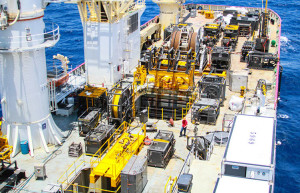 towing and umbilical lay, detailing the principles of design for installation and including the procedures and equipment used for installation.
towing and umbilical lay, detailing the principles of design for installation and including the procedures and equipment used for installation.
[pdf-light-viewer id=”2122″ template=””]
Course Outline
Day 1 – Offshore Hydrography & Site Investigation
- Introduction to Hydrography
- IHO
- Site Investigation
– Geotechnical
– Geophysical - Report Writing
- Dredging
Day 2 – Subsea Survey, Positioning & Metrology
- Positioning Techniques
- Types of Survey Sensors
- Acoustic Positioning System
- Applications
– Structure Installation
– Subsea Metrology - Accuracy and Repeatability
Day 3 – Offshore Structures – Design, Transportation & Installation
- What are Subsea Structures?
- Who is a Subsea Installation Engineer?
- What do they do?
- Phases of Subsea Structures Installation
- Subsea Vessel Selection
- Basic Subsea Installation mathematics
Day 4 – Offshore Structures Installation – Typical Pipeline Project Illustration
- Concept Selection & Front End Engineering Design
- Detailed Design
- Procurement
- Fabrication
- Installation
- Commissioning, tie ins, protection
Day 5 – Subsea Control System
- Introduction to Subsea Control Systems
- Types of Control System
- Where does the Control Systems fit Subsea
- Control System Architecture
Structure
The Subsea Survey, Positioning & Installation and Introduction to Subsea Control system course is based on a 5 days training period and consists of 2 elements:
1. Five-days classroom modules to obtain theoretical knowledge of the relevant material
2. Real time operational videos that enable attendees to develop a practical understanding of systems, operations and procedures

